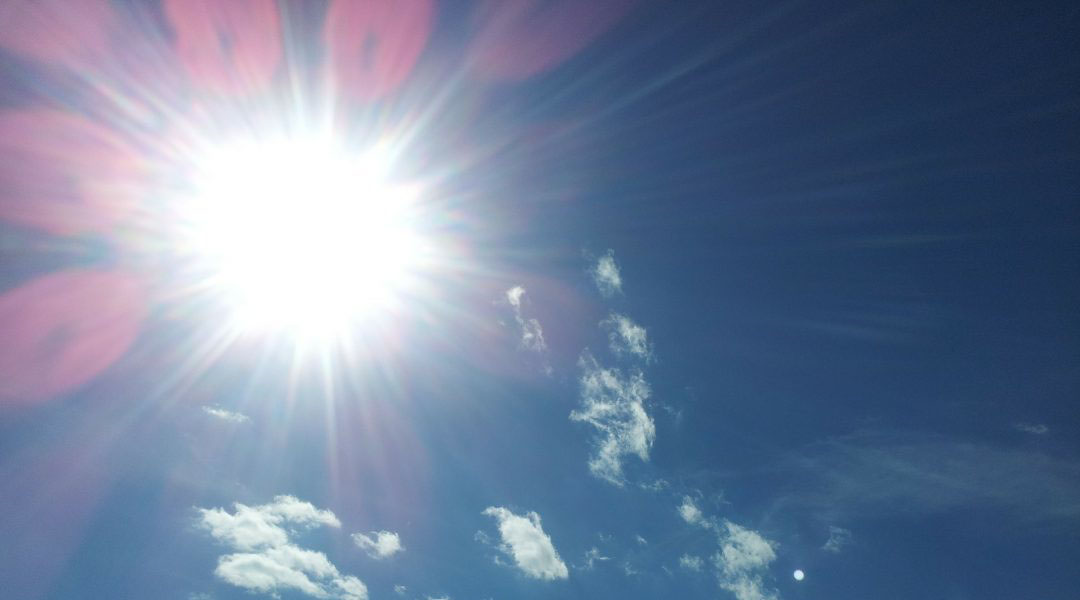Who hasn’t had sunburn before and knows how unpleasant it is?
The easiest prevention is to use sun protection. Nowadays, protection against UV radiation during extreme summers, such as the summer of 2018 around the world, is indispensable. However, good sun protection is not trivial.
Fillers for sunscreens should on the one hand be translucent and yet UV-blocking. Further requirements are good water dispersibility, being water proof, biocompatibility, and they should also be non-greasy, non-allergenic and non-whitening.
Usually, physical or chemical additives are used. Chemical additives are e.g., aromatic molecules with conjugated carbonyl groups which can absorb UV irradiation.
Kam C. Tam and his co-authors from the University of Waterloo, South China Normal University and CelluForce Inc. studied cinnamate-functionalized cellulose nanocrystals (Cin-CNCs).

These Cin-CNCs could be easily manufactured at room temperature, with cinnamate groups “anchored” to the CNCs via esterification with cinnamoyl chloride.
The researchers were able to show that the absorption in the UVB range was much stronger and the sun protection factor of Cin-CNC was twice as high as that of a popular sunscreen.
As the Cin-CNCs produced in this way had both good UV shielding and visible transmittance, these nanoparticles would not only be suitable for sun creams but also for transparent polymer films for windows.
Polyvinyl alcohol (PVA) films with 1 wt% Cin-CNCs as fillers still showed high transparency and flexibility, suggesting good miscibility of the PVA matrix and the nanoparticles.
Although showing high transmittance in the visible light region, the films shielded almost all UV below 310 nm.
Tam et al. obtained promising results for both sunscreen applications.

















